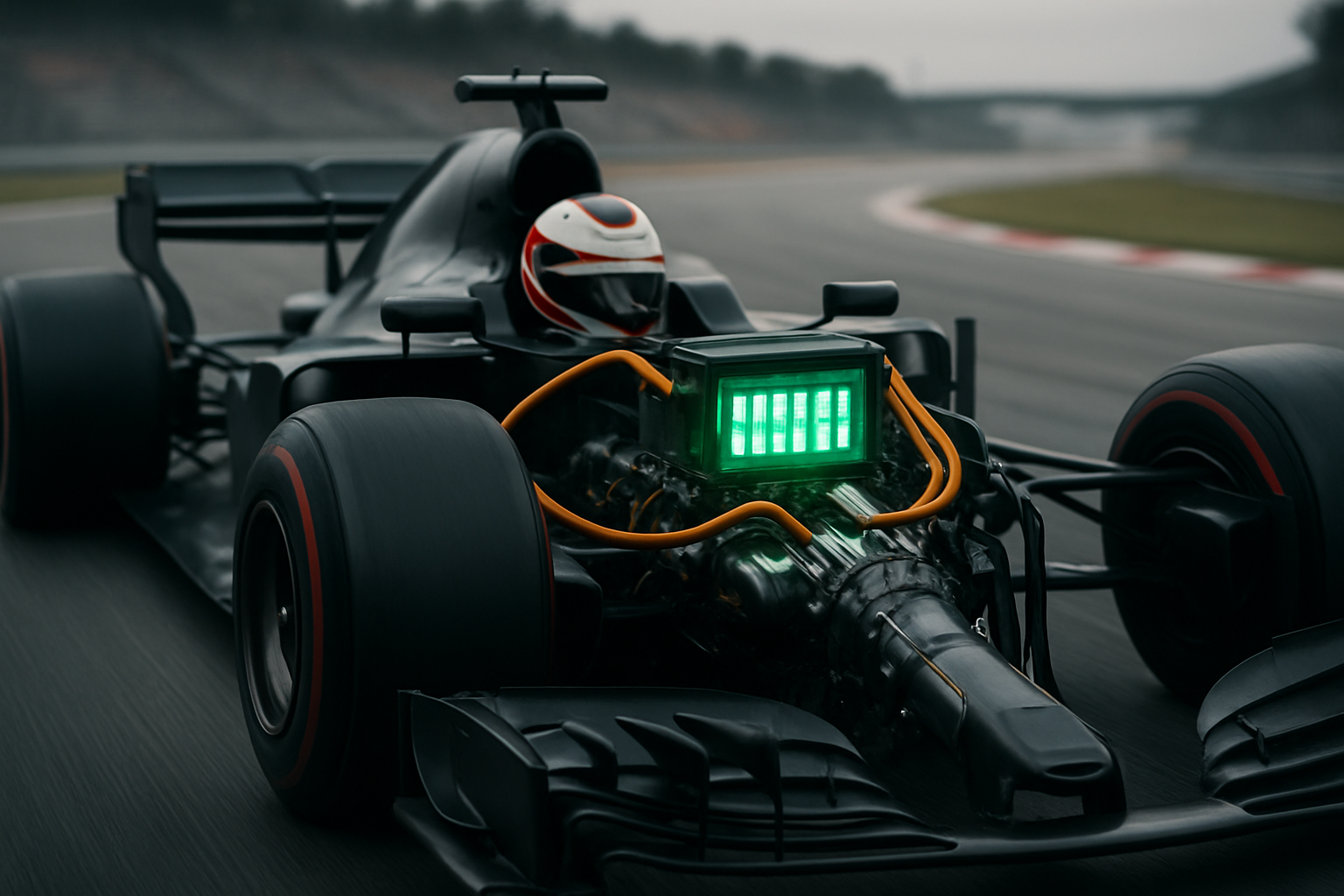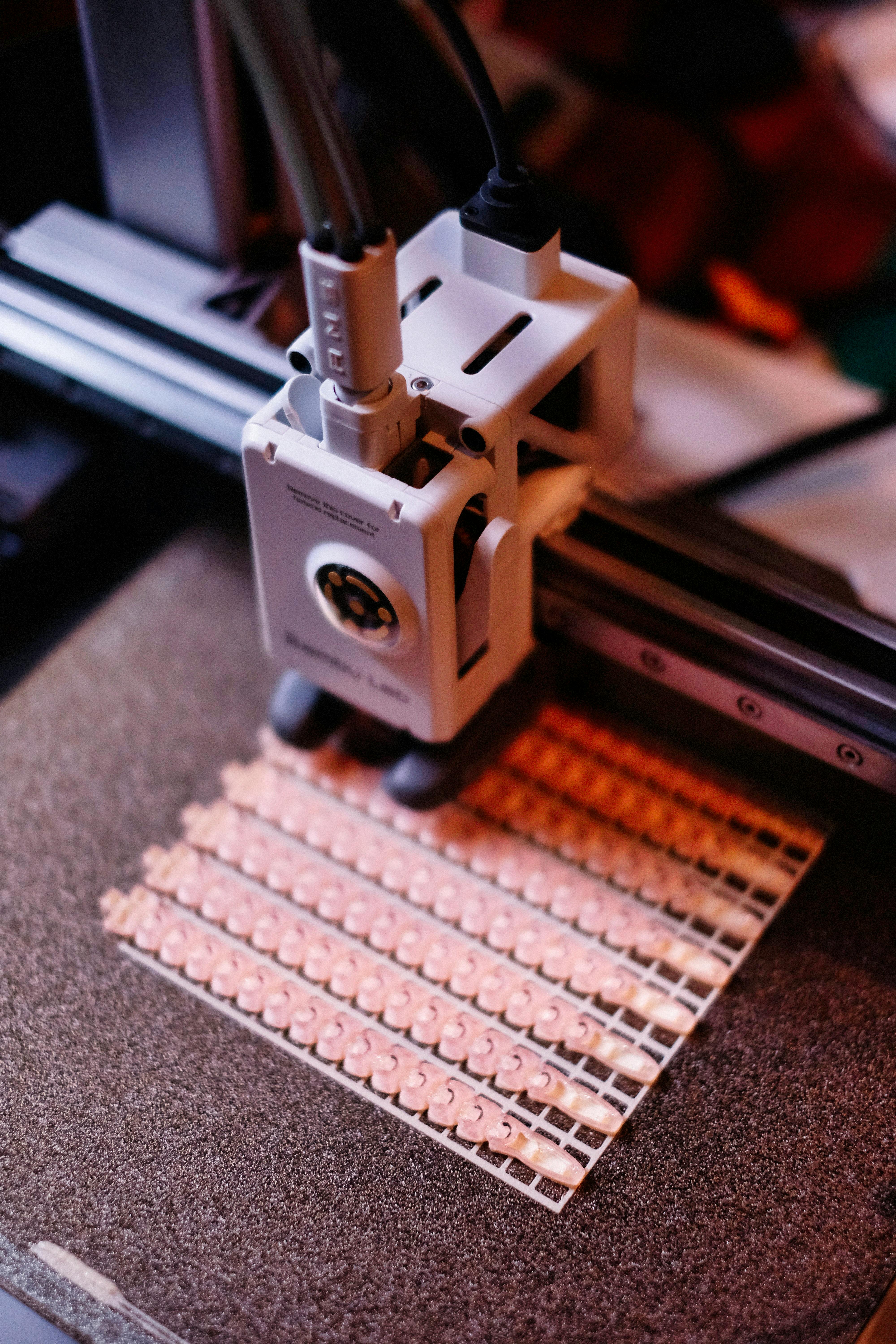Precision Machining in Motorsports: The Hidden Art of Speed
The roar of engines, the blur of sleek bodies, and the thrill of victory – motorsports captivate millions worldwide. But beneath the glamour lies a world of microscopic precision, where fractions of a millimeter can make the difference between triumph and defeat. Welcome to the realm of precision machining in motorsports, an often-overlooked aspect of racing that plays a crucial role in pushing the boundaries of automotive performance.

As racing regulations became stricter and competition fiercer, teams began investing heavily in advanced machining technologies. Today, top-tier racing outfits employ state-of-the-art 5-axis CNC machines capable of working with tolerances as tight as 0.0001 inches – thinner than a human hair.
The Quest for Perfect Tolerances
In the world of motorsports, every gram of weight and every millimeter of clearance matters. Precision machining allows engineers to create components that are not only incredibly lightweight but also perfectly balanced and aligned. This level of precision is critical in high-stress environments where even the slightest imbalance can lead to catastrophic failure at high speeds.
For example, in Formula 1 racing, engine pistons are machined to such exacting standards that the variation in weight between pistons in a single engine is often less than half a gram. This ensures that the engine runs smoothly and efficiently, maximizing power output while minimizing the risk of mechanical failure.
Materials Science Meets Machining Mastery
The marriage of advanced materials and precision machining has opened up new possibilities in motorsports performance. Engineers now work with exotic alloys and composites that offer superior strength-to-weight ratios, but these materials often present unique machining challenges.
Titanium alloys, for instance, are prized for their strength and light weight but are notoriously difficult to machine. Specialized cutting tools and machining techniques have been developed to work with these materials, allowing teams to create components that were once thought impossible.
The Role of Simulation and Digital Twins
Modern precision machining in motorsports is not just about physical craftsmanship – it’s increasingly intertwined with the digital world. Advanced simulation software allows engineers to test and refine designs virtually before a single piece of metal is cut.
The concept of digital twins – virtual replicas of physical components – has become a game-changer in motorsports manufacturing. These digital models allow teams to simulate wear and stress on parts over time, predicting failure points and optimizing designs for maximum performance and reliability.
Beyond the Track: Trickle-Down Technology
The advancements in precision machining driven by motorsports have far-reaching implications beyond the racetrack. Techniques and technologies developed for racing often find their way into mainstream automotive manufacturing, aerospace, and even medical device production.
For instance, the same high-precision machining processes used to create Formula 1 engine components are now being applied to the production of artificial hip joints, resulting in longer-lasting and more comfortable implants for patients.
The Future of Precision in Motorsports
As we look to the future, the role of precision machining in motorsports is set to become even more critical. With the advent of additive manufacturing (3D printing) technologies, we’re entering an era where complex geometries that were once impossible to machine can now be realized.
The integration of artificial intelligence and machine learning into the machining process promises to push the boundaries of precision even further. Imagine self-optimizing CNC machines that can adapt their cutting strategies in real-time based on material properties and wear patterns.
Conclusion: The Unsung Heroes of Speed
Precision machining may not be the most glamorous aspect of motorsports, but it is undoubtedly one of the most crucial. It’s the hidden art that transforms raw materials into the finely-tuned machines that capture our imagination on race day.
As we marvel at the speed and agility of racing vehicles, let’s take a moment to appreciate the unseen world of precision that makes it all possible. In the relentless pursuit of performance, it’s the machinists and engineers working to micron-level tolerances who are the true unsung heroes of speed.





